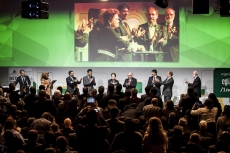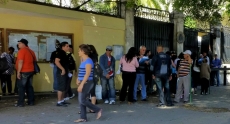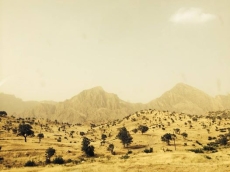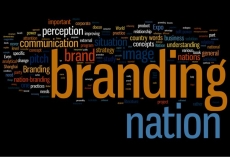The CPD Blog is intended to stimulate dialog among scholars and practitioners from around the world in the public diplomacy sphere. The opinions represented here are the authors' own and do not necessarily reflect CPD's views. For blogger guidelines, click here.

The complex allegiances of Steven Beitashour, the Iranian team's American player.

Internet governance: a prime example of public diplomacy in action

Immigration practitioner Nicholas Dynon explores how visa policies can either boost or threaten a nation's public diplomacy strategy.

On the implications of the Turkish Prime Minister's recent statement.

How a society's relationship with Time influences the practice of diplomacy

The rarity and significance of Kurdistan’s stability are underscored by events of this week.

Reflections on the conceptual implications of nation branding: how branding a nation develops its soft power advantage

The lasting legacy of the 2014 FIFA World Cup will not be the grand infrastructure or (questionable) economic boom promised by their FIFA overlords.
Pages
Visit CPD's Online Library
Explore CPD's vast online database featuring the latest books, articles, speeches and information on international organizations dedicated to public diplomacy.
POPULAR ARTICLES
-
November 3
-
November 5
-
September 25
-
September 30
-
October 16
Featured Blogger
Join the Conversation
Interested in contributing to the CPD Blog? We welcome your posts. Read our guidelines and find out how you can submit blogs and photo essays >.








